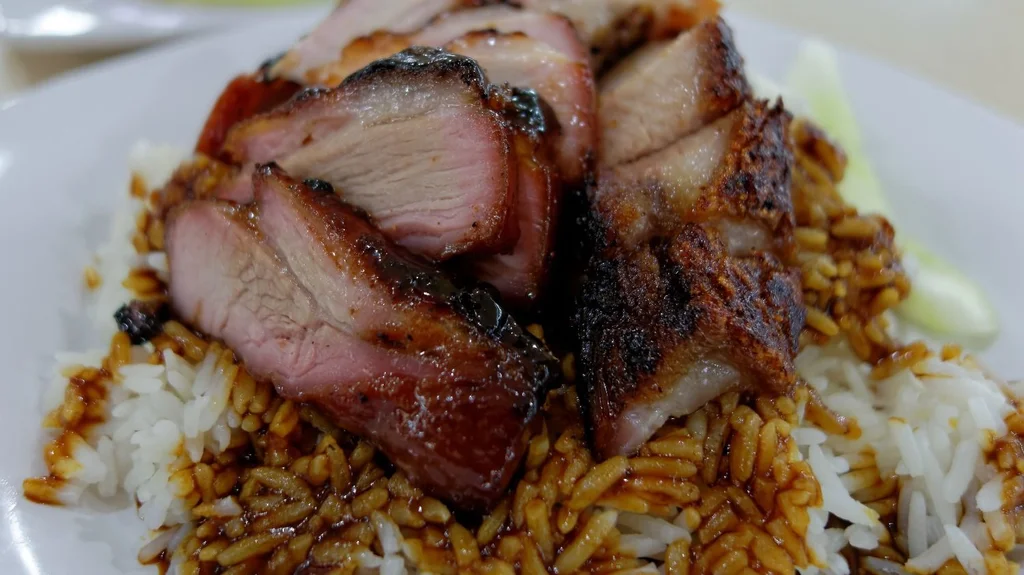During 2021, the estimated total consumption of meat in the domestic market reached 91.2 kg per inhabitant in the yearobserving a growth of 3.9 kilos compared to the previous year.
This behaviour reverses the trend of consecutive decline in the demand for meat that had been observed since 2018.
The data was reported by the National Meat Institute (INAC).
In an agro-exporting country, with meat as the leading item (it just set a record in 2021, with more than US$2.5 billion) among those that generate the most foreign exchange (accompanied on the podium by cellulose and soybeans), the domestic market “is a special client of meat protein with a consumption profile concentrated mainly on bovine meat”, was indicated in a report from the meat institute.
Avian meat, the second most consumed in Uruguay.
Trends by species
- Beef consumption reached 46 kilos per inhabitant per year in 2021, beginning a recovery process compared to previous years (+0.3 kilos per inhabitant per year).
- Poultry meat, which is the second most consumed meat in Uruguay, has maintained an upward trend in these last two years, with a more pronounced growth in 2021 (+2.9 kilos per inhabitant per year), reaching 23.7 kilos.
- Regarding pork, after registering a fall in consumption in 2020, in 2021 there is an increase of 1 kilo per inhabitant per year, for an annual total of 19.3 kilos.
- With regard to the consumption of sheep meat, there was a new decline from 0.3 kilos per inhabitant per year to 2.2 kilos per inhabitant per year.

Piqsels
–
Pork, in most of the consumption is imported.
From the INAC it was explained that Total protein consumption comes mainly from national slaughter, with the exception of pork, whose main origin is imports. (basically from Brazil).
Considering the total meat, coming from all species and from both origins (national and imported), it is observed that the main destination of the meat is the supply (for sale in supermarkets and butchers) representing in the year 2021 82% , while the remaining 18% is destined for industrialization.
Regarding public prices, the accumulated variations to December 2021 in nominal terms showed an upward trend for all meats.
For its part, the analysis of prices in real terms showed different trends between species. The prices of beef and sheep meat showed an upward trend because they increased above the CPI, while the price increases of poultry and pork meat were lower than the CPI, producing a drop in real terms.
–


